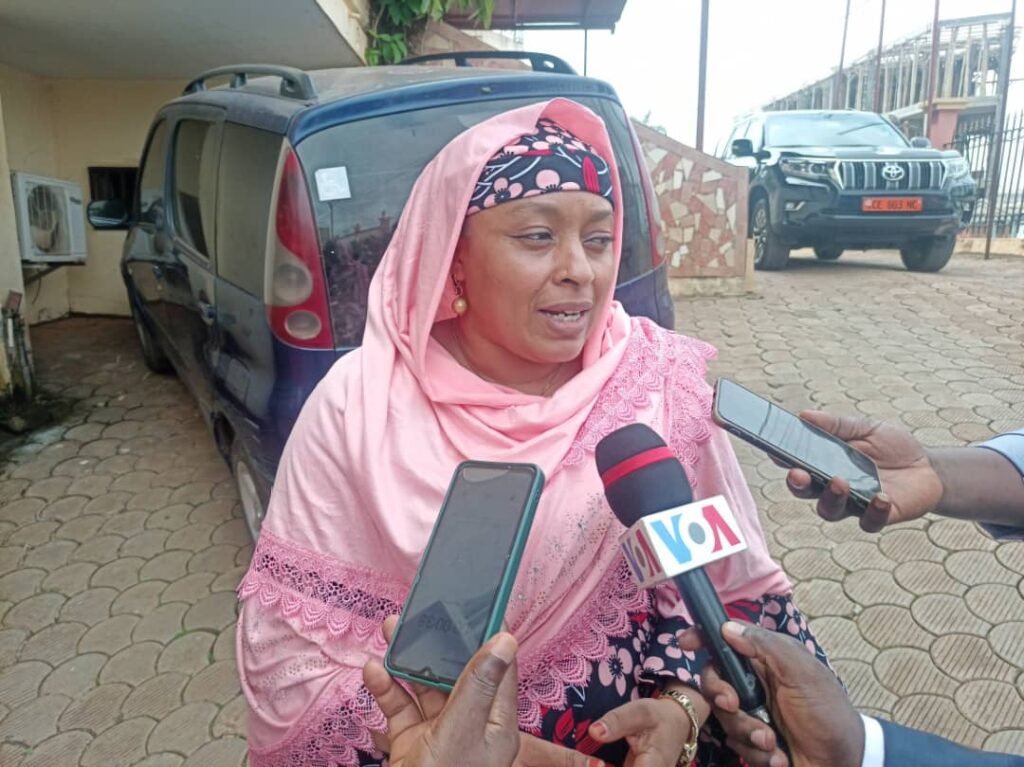Representatives of organizations and associations advocating for the rights and well-being of indigenous people in Cameroon made the calls during the recently held CISPAV 11 in Yaounde.

The 11th session of the intersectoral committee for the monitoring of programs and projects involving indigenous people and vulnerable groups known by its French acronym as CISPAV took place on July 25, 2023, in Yaounde, Cameroon. The session chaired by Minister of Social Affairs, Mrs. Pauline Irene Nguene was another moment of reflection just like the previous ones.
This committee was created by the Ministry of Social Affairs, and its objectives are the identification and centralization of needs for the socioeconomic inclusion of Indigenous Peoples, the evaluation of human, technical, and financial resources available and necessary to implement the main development activities in favor of Indigenous Peoples: coordination and supervision of all programs within the different sectoral administrative bodies, NGOs and CSOs in favor of Indigenous Peoples: make proposals on how to improve all actions that can better serve the indigenous peoples.
As of tradition, the CISPAV session sets the pace for a series of activities to hold nationwide ahead of the International Day of the Indigenous People taking place annually on August 9.
This year’s theme as chosen by the United Nations is: “Indigenous Youth as Agents of Change for Self-determination“.
Minister Pauline Irene Nguene in her keynote address stated the arsenal of legal instruments at both the national and international levels which are keenly applied by Cameroon.

The Minister of Social Affairs said indigenous people are full citizens with rights and have the role to actively participate in political and socio-economic issues.
Indigenous Youth at the Center
Speaking at the end of the official opening ceremony, Aehshatou Manu, president of the African indigenous women organization said young people from indigenous communities have to be implicated in several decision-making spheres.
She however appreciated the fact that this year’s theme focuses on indigenous youths.
“The theme of this year is very important to our generation, to the youths because youths are the leaders of today and tomorrow. I believe in youths’ actions as of now. The youths, therefore, have a vital role to play within the communities. Indigenous youths have their role to play within marginalized communities, they equally have a role to play in decision-making at all levels, making sure their participation is effective and efficient.” She said.
Maimuna Umaro, Women Coordinator of the association known as Sura-Mama said:
“Of course as the theme of this year’s states, our main preoccupation is on how our populations should be implicated in the decision making arena. If decisions are taken in our absence then we are not part of the decisions. What we are advocating for is the inclusiveness of the indigenous peoples in the decision-making process and the recognition of the actions that are been carried out by the indigenous people in terms of biodiversity conservation and climate actions that have been undertaken at the frontline.”

Mrs. Umaro went further to cite a good number of activities in which they have pushed advocacy calls and which have been positive in terms of local elections (municipal and legislative). Yet, as she outlined, the advocacy campaigns are been intensified in regions like Adamawa to bring under the spotlight indigenous people who are also agents of transformative changes.
About the Indigenous Communities
The indigenous peoples in Cameroon experience very similar difficulties but live under different conditions. To protect indigenous peoples, the international community has adopted texts, some of which are binding. At the national level, the Government of Cameroon has demonstrated a political will to address the problems faced by these peoples: it has voted in favor of the United Nations Declaration on the Rights of Indigenous Peoples (UNDRIP). Since 2008, it has officially commemorated the International Day of the World’s Indigenous Peoples on 9 August every year, and it adheres to human rights mechanisms that issue observations and recommendations on indigenous Cameroon. However, issues
The Mbororo: This group is estimated today to account for less than two million persons. Traditionally they were nomads, constantly on the move from one place to another to find pastures for their herds.
Today, a number of them are transhumant herdsmen, who migrate on a seasonal basis but return to their temporary dwelling. The Mbororo live throughout Cameroon, but they are mostly to be found in the West, East, and Northwest regions, and the northern part of the country.
The forest peoples: In Cameroon, the forest peoples are the Baka, Bakola or Bagyéli, and the Bedzang. They are called forest peoples because they were the original inhabitants of the forests in Cameroon. It is estimated that the Baka, who are the largest group, number between 70,000 and 100,000 persons. They live in the eastern and southern parts of the country (Departments of Boumba-et-Ngoko, Haut-Nyong, and Kadey). The Bakola or Bagyéli account for between 10,000 and 30,000 persons, and they live in the south of the country — more specifically in Akom II, Bipindi, Kribi, Campo, Ma’an, and Lolodorf. There are fewer Bedzang, who number less than a thousand people, and they live in the northwest of the Mbam-et-Kim Division, on the Tikar Plain, and also in Messondo in the Centre region.
The Baka, Bagyéli, and Bedzang are traditionally nomadic peoples, living from hunting and gathering. But their activities are restricted today because they are being subjected to pressure on their ancestral lands on account of forestry and mining operations, as well as conservation activities and agribusiness.
Elise Kenimbeni



